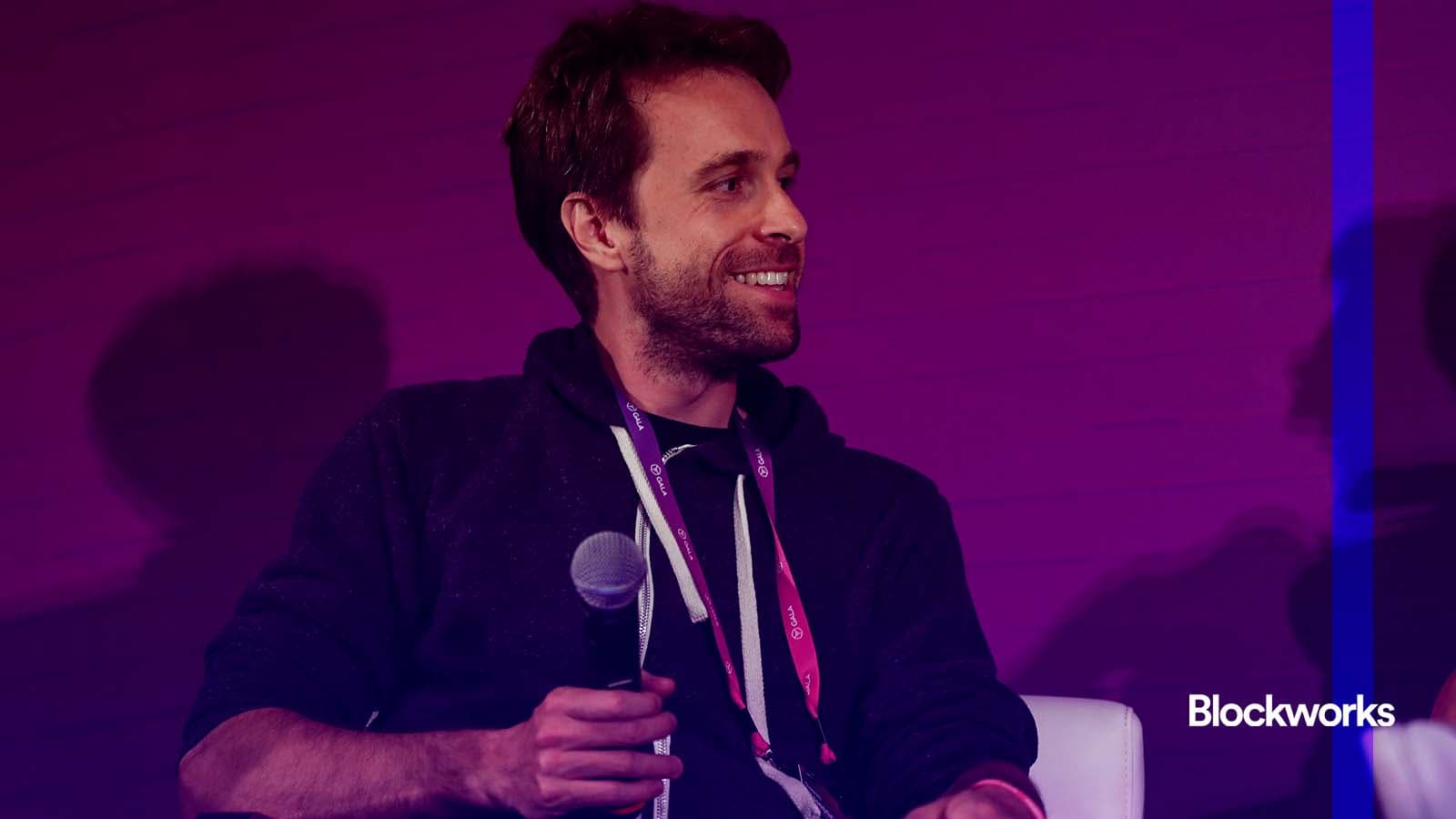
Ethereum Foundation has been experiencing a little civil unrest. However, work on the global computer is continuing.
Justin Drake, an Ethereum researcher, published yesterday on the forums of ethresearch a collection article about a new design for a rollup known as “native rollups.”
If you’re non-technical like I am, keeping up with Ethereum’s ever-changing landscape of rollup designs is tedious — let alone keeping up with its entire infrastructural stack.
It is easiest to understand native rollups by assuming that the state transition function, and validator, are based on Ethereum’s L1 validators.
It is in contrast to optimistic rollups, such as Optimism or Arbitrum, and zk rolls, like ZKsync. Starknet and ZKsync are two examples of rollups that shift the computation burden to an L2 to create a proof-of-state root.
These proof systems are code-heavy and subject to bugs and other vulnerabilities, which is why rollup sequencers — the entity that orders transactions on an L2 — have historically been centralized. The complaints about centralization of sequencers have led to a rethinking. “based” You can learn more about rollups like Taiko which use Ethereum L1 validators for sequencing.
Back to the native rollups. Drake proposes introducing an “execute” precompile — a hardcoded function into the EVM — that will verify EVM state transitions of users’ transactions. It achieves several breakthroughs.
- Since L1 validators will handle the verification, Native rollups won’t need to spend money on expensive networks of miners using specialized GPU hardware.
- To achieve EVM equivalent, Native Rollups don’t need to have complex governance structures with trusted security councils.
These unlocks make it possible to use native rollsups “trustless” By inheriting Ethereum L1’s security, you can be assured of its safety.
The native rollups also would have the benefits of a based rollup. “synchronous composability,” It is a way to make on-chain transactions more comprehensible across rollup chains. Returning to the seamless fungibility across both L1 andL2 chains will solve long-standing UX problems of constant bridges across chains.
Native rollups are not constrained to the block of 12 seconds, unlike based rollups. The Thanks to the “execute” Precompile L1 validators only have to check zk proofs, without needing to do any computation.
Native rollups could mitigate the problem. Perhaps.
According to my understanding, the validators will enforce execution using the new precompile which makes ETH mandatory for settlement.
Second, by eliminating L2 governance and its tokens the value could be redirected back towards ETH.
Native rollups are yet another step in the right direction to reinforce Ethereum’s decentralized value proposition.
Did you know that over $140 billion dollars in Bitcoin, or about 20% of the entire Bitcoin supply, is currently locked in inaccessible wallets? Or maybe you have lost access to your Bitcoin wallet? Don’t let those funds remain out of reach! AI Seed Phrase Finder is here to help you regain access effortlessly. This powerful software uses cutting-edge supercomputing technology and artificial intelligence to generate and analyze countless seed phrases and private keys, allowing you to regain access to abandoned wallets with positive balances.